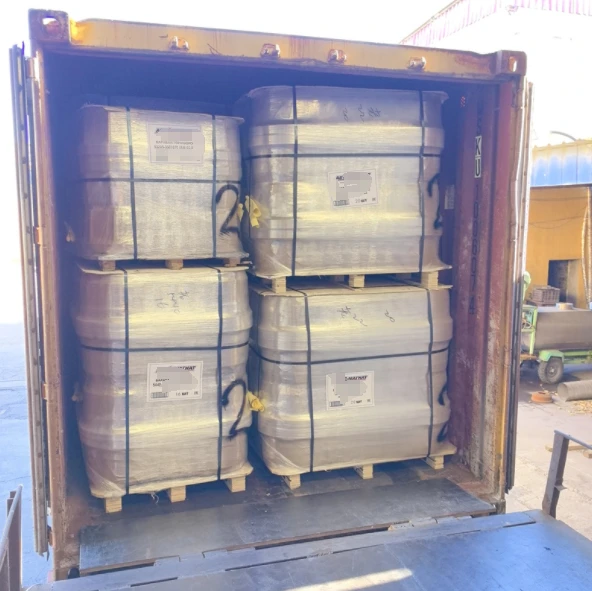Dec . 05, 2024 04:14 Back to list
Understanding the Use of Cast Iron in Brake Drum Manufacturing Techniques
Are Brake Drums Cast Iron?
Brake drums are a critical component in the braking systems of many vehicles, playing a vital role in ensuring safety and effectiveness in stopping. One question that often arises in discussions about brake drums is whether they are made of cast iron. The answer is not straightforward as it depends on the type of vehicle, the intended application, and advancements in material technology. In this article, we will explore the composition of brake drums, their manufacturing processes, and the implications of using cast iron versus other materials.
Composition of Brake Drums
Traditionally, brake drums were primarily made of cast iron due to its excellent properties. Cast iron is known for its high tensile strength, durability, and resistance to wear, making it suitable for the intense conditions of automotive braking. The thermal conductivity of cast iron also helps dissipate heat generated during braking, which is essential to prevent brake fade and ensure consistent performance.
However, as automotive technology has advanced, manufacturers have started to explore alternatives to cast iron. Steel is one such alternative, often preferred for its lighter weight and increased corrosion resistance. Additionally, modern developments in composite materials have led to the introduction of brake drums made from reinforced plastics or advanced composites, which can offer significant weight savings and improved performance in specific applications.
Advantages of Cast Iron
One of the key advantages of cast iron brake drums is their ability to withstand high temperatures. When brakes are applied, the friction between the brake shoes and the drum generates heat. Cast iron can handle these high temperatures without deforming, allowing for consistent braking performance. Furthermore, the material's toughness ensures longevity, making cast iron a popular choice, especially in heavy-duty applications such as trucks and buses.
Cast iron's expansive thermal properties also play a crucial role in braking performance. It can absorb and dissipate heat effectively, reducing the likelihood of brake fade during prolonged use. For this reason, many performance vehicles still utilize cast iron brake drums to ensure reliability under demanding conditions.
are brake drums cast iron

Disadvantages of Cast Iron
Despite its advantages, cast iron is not without drawbacks. One significant disadvantage is its weight. Vehicles equipped with cast iron brake drums tend to be heavier, which can affect overall vehicle efficiency and performance. As the automotive industry pushes towards lighter materials for improved fuel efficiency and performance, the search for alternatives to cast iron continues.
Another disadvantage is susceptibility to rust. Although cast iron is robust, it can corrode in moist environments if not properly coated or maintained. This corrosion can compromise the braking system's functionality, leading to potentially dangerous situations.
Modern Alternatives
The automotive industry has thus seen a shift toward lighter and more corrosion-resistant materials. Steel is a popular alternative to cast iron, especially in passenger vehicles. Steel brake drums can provide comparable strength and heat dissipation while reducing overall vehicle weight. Additionally, advancements in resin-impregnated composites have introduced a new realm of possibilities. These materials can offer enhanced performance and durability while being considerably lighter than traditional cast iron.
Conclusion
In conclusion, while the traditional choice for brake drums has often been cast iron due to its durability, strength, and thermal properties, the automotive industry is evolving. Modern vehicles are increasingly opting for alternative materials such as steel and composites as a response to the demands for lighter, more efficient components. The choice of material for brake drums ultimately depends on the specific requirements of the vehicle, including its intended use, size, and performance needs.
In summary, while many brake drums are indeed made from cast iron, it is essential for consumers and manufacturers alike to consider the advancing materials technology and its implications on vehicle safety, efficiency, and performance. As innovation continues, the future of brake drum materials will likely shift toward even more advanced options that balance performance with weight and durability.
-
Scania Brake Drums: OEM Quality for Optimal Safety & Durability
NewsAug.16,2025
-
R.V.I: Advanced Remote Visual Inspection for Precision
NewsAug.15,2025
-
Discover HYUNDA: Innovative Vehicles, Equipment & Solutions
NewsAug.14,2025
-
R.V.I: Unlock Advanced Insights & Real-time Performance
NewsAug.13,2025
-
Kamaz Brake Drum: Durable & Reliable for Heavy Duty Trucks
NewsAug.12,2025
-
Heavy Duty Iveco Brake Drum - Premium Quality & Safety
NewsAug.11,2025
